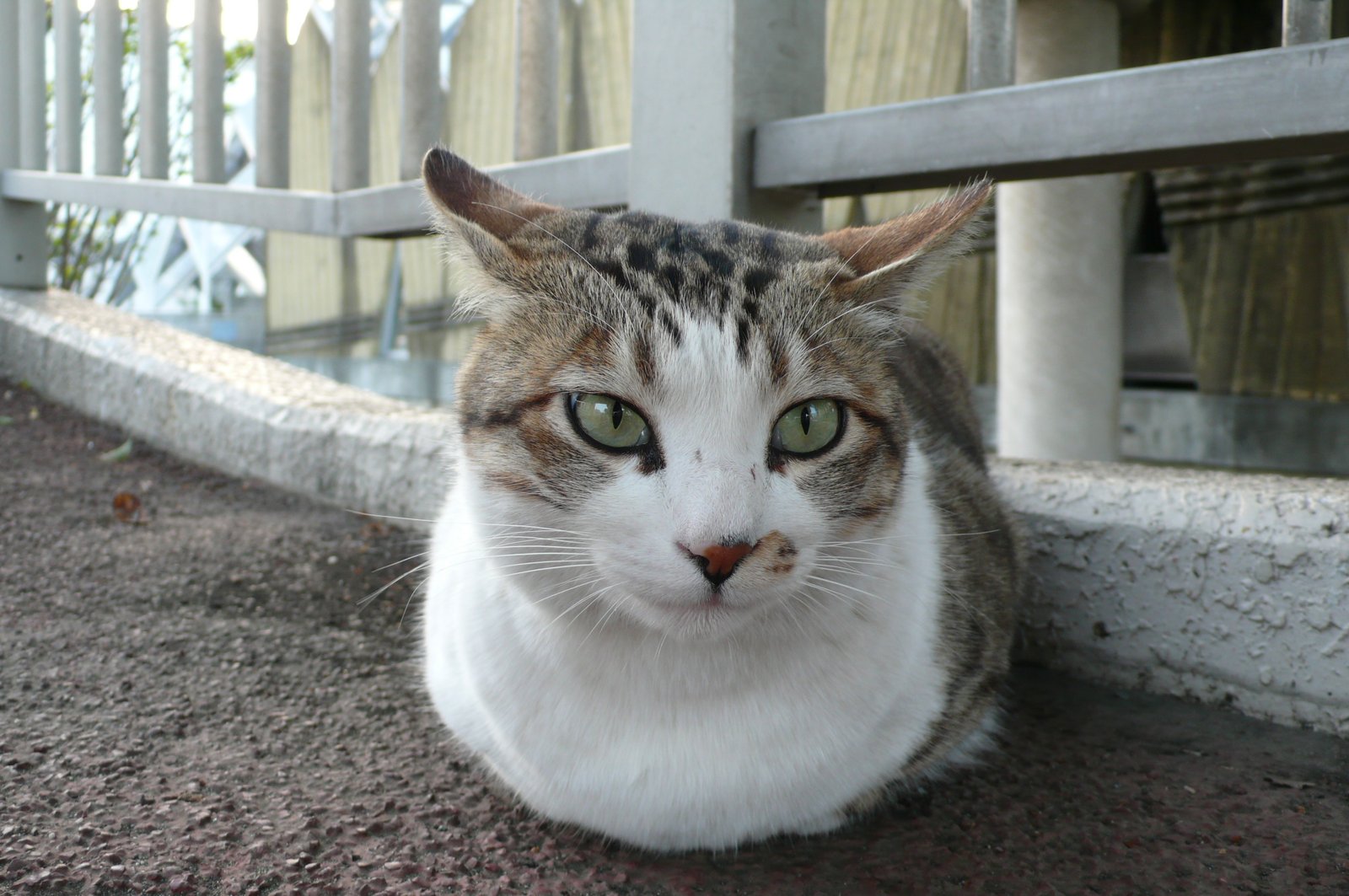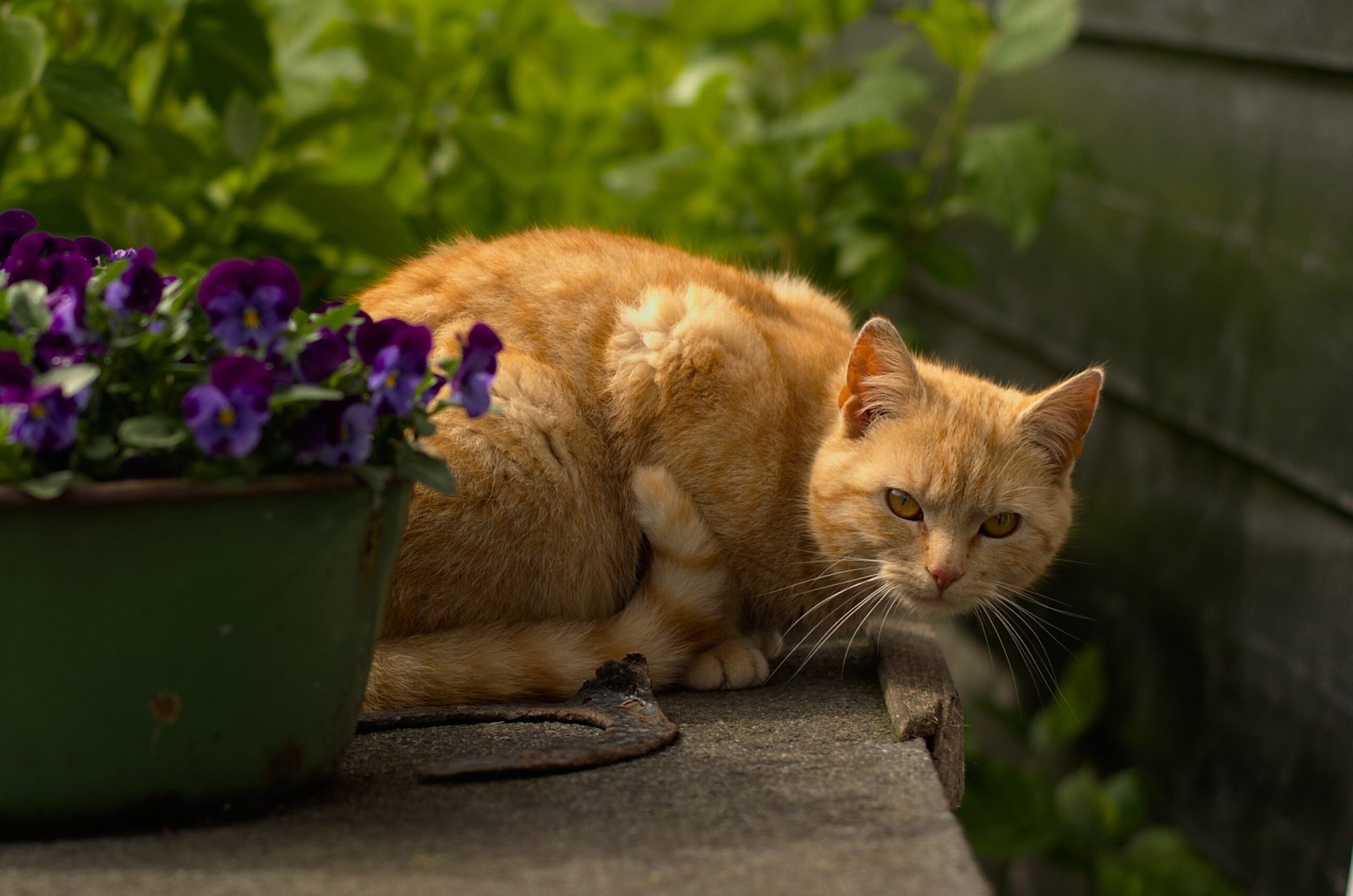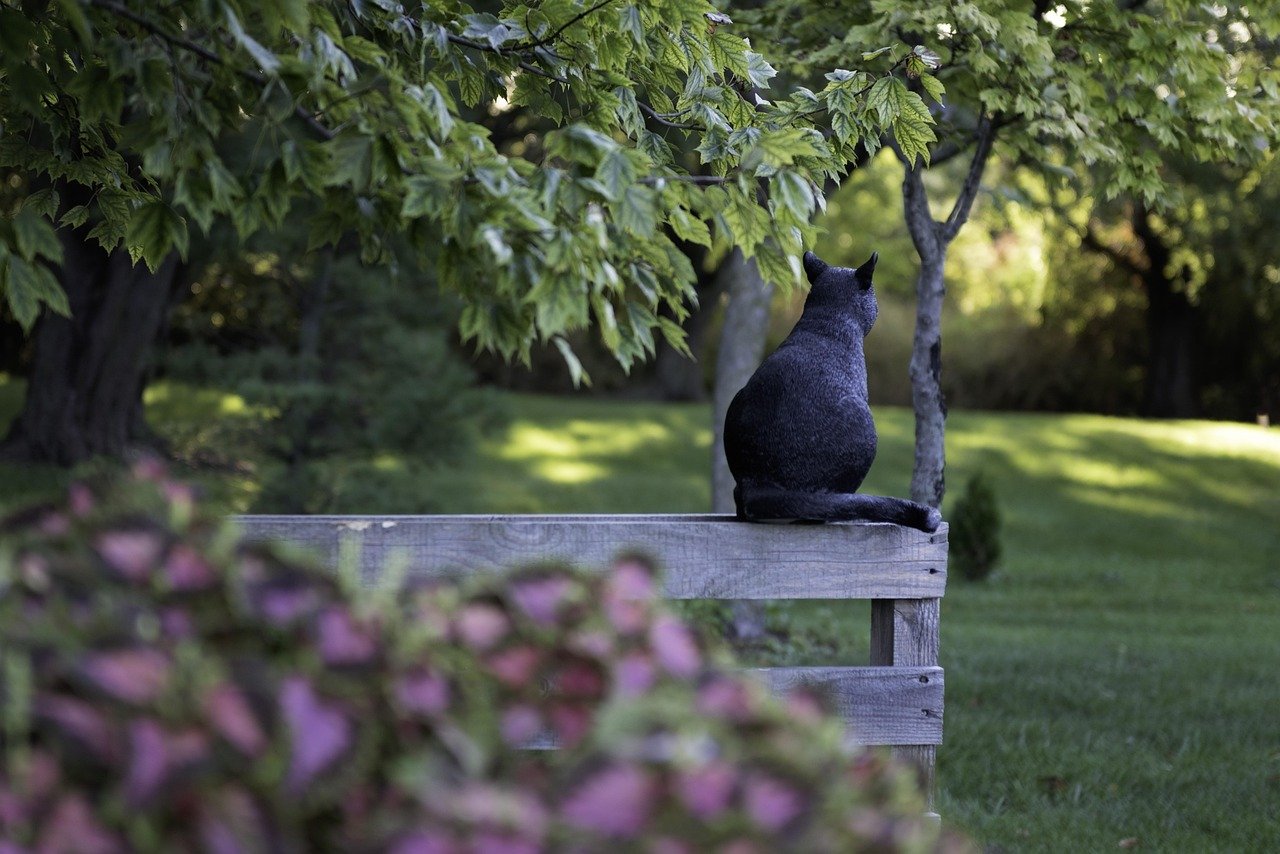Have you ever caught your cat acting a little strange, only to wonder if something is wrong? Cats might seem mysterious, but when they’re scared, they have their own gentle, subtle ways of letting us know. Sometimes, their signals are so soft and quiet that we miss them entirely, leaving our furry friends feeling helpless and alone. Understanding these signs doesn’t just help us keep our cats comfortable—it deepens the bond of trust we share with them. Let’s explore the eight gentle ways our beloved cats try to tell us when fear creeps into their world.
1. Flattened Ears: The Silent SOS

When a cat flattens its ears tightly against its head, it’s not just being cute or quirky. This is one of their clearest, yet quietest, signs of fear. Flattened ears act like a shield, protecting their sensitive hearing from scary sounds or threats. It’s almost as if they’re ducking their heads in a noisy crowd. You might notice this when a stranger enters your home or during loud thunderstorms. If you see those little ears disappear sideways, your cat is gently asking for space and reassurance. Sometimes, this ear position is paired with wide, watchful eyes, as if your cat is bracing for the worst. It’s a simple, heartfelt way of saying, “I’m not okay right now.”
2. Low, Tucked Body Posture: Retreat Mode
A frightened cat often lowers its body close to the ground, tucking its belly and tail in tightly. This posture makes them look smaller—almost as if they’re shrinking into themselves to become invisible. It’s their instinctive way of trying to hide from whatever is scaring them, without actually running away. You might see your cat crouch in a corner, under a table, or behind a curtain when something unsettling happens. Think of it as your cat curling into a protective ball, quietly hoping the world will just go away. This gentle gesture isn’t just about hiding; it’s a plea for safety and a signal that they need you to be patient and calm.
3. Dilated Pupils: Eyes Wide with Worry
Have you ever noticed your cat’s eyes become huge and round, even in a well-lit room? When cats are scared, their pupils dilate to take in more of what’s happening around them—almost like switching to high alert. This isn’t just a cool party trick; it’s a genuine sign of anxiety. Dilated pupils can happen in an instant, especially if a loud noise or quick movement startles them. If your normally relaxed kitty suddenly has big, black eyes, it’s her way of saying, “Something’s wrong, and I need to watch everything carefully.” This gentle signal invites you to slow down and offer comfort, instead of adding more chaos.
4. Hiding: The Great Disappearing Act
One of the most classic signs of a scared cat is hiding. Cats are masters of slipping away to cozy, secret spots—under beds, inside closets, or behind furniture—when they feel threatened. This isn’t just playful mischief; it’s a heartfelt attempt to escape whatever is making them uneasy. Hiding allows them to observe at a safe distance, without feeling exposed or vulnerable. If your cat suddenly vanishes during a thunderstorm or when guests arrive, she’s gently telling you, “I’m scared, and I need a safe place to breathe.” It’s a silent but powerful way of asking for understanding.
5. Slow, Hesitant Movements: Walking on Eggshells

When cats are scared, they move with a kind of cautious grace—every step slow, measured, and unsure. You might notice your cat creeping along walls, pausing often, or even freezing in place. It’s as if she’s tiptoeing through a minefield, hoping nothing will jump out at her. These gentle, hesitant movements show that she’s anxious but still curious about her surroundings. Instead of dashing away in panic, she’s carefully watching and waiting for signs that it’s safe. If you see your cat acting this way, it’s her soft-spoken plea for kindness and a calm environment.
6. Gentle Tail Flicks: Worry in Every Sway

A cat’s tail is a powerful communicator, and when she’s scared, even the slightest movement can speak volumes. Unlike the aggressive whipping of an angry cat, a frightened cat’s tail might twitch gently at the tip or sway slowly from side to side. Sometimes, she might wrap her tail tightly around her body, as if hugging herself for comfort. These delicate tail signals are easy to miss but reveal a world of emotion. Pay attention to these subtle flicks—they’re your cat’s way of saying, “I’m nervous, but I trust you to notice.”
7. Quiet Meows or Whimpers: Tiny Cries for Help
Not all cats are vocal when they’re scared, but some will let out the softest meows, whimpers, or even little chirps. These aren’t the loud, demanding calls for dinner—instead, they’re gentle, almost apologetic sounds that tug at your heartstrings. It’s as if your cat is softly pleading, “Please help me, I’m frightened.” These quiet vocalizations can be especially noticeable in otherwise silent cats, making them all the more poignant. Listening to these tiny cries and responding with gentle words or strokes can make all the difference to a scared kitty.
8. Avoiding Eye Contact: The Polite Refusal
When a cat is scared, she might deliberately avoid looking at you or anything that frightens her. Avoiding eye contact is a subtle, respectful way of saying, “I’m not a threat, and I hope you’re not either.” In the cat world, direct stares can be intimidating or even aggressive, so looking away is their way of de-escalating tension. You might notice your cat glancing down, to the side, or even closing her eyes halfway in a nervous situation. This gentle gesture is her way of keeping the peace and asking for reassurance without confrontation.
Cats may not speak our language, but their gentle signals speak straight to our hearts. By tuning in to these subtle cues, we can offer our feline friends the safety and love they crave. Isn’t it amazing how much they try to communicate, in their own soft, silent ways?

Esther is from India; the heartbeat of South Asia, holding a Master’s degree in Zoology and a postgraduate diploma in Animal Welfare. Her enthusiasm for animal welfare drives her passion and dedication to working for animals, ensuring their well-being, and advocating for their rights. With a solid academic background and hands-on experience, she is committed to making a positive impact in the field of animal welfare. In her free time, she enjoys embroidery and sewing. As a Chennaite from Tamil Nadu, Esther loves Bharathanatyam, an Indian classical dance form.





